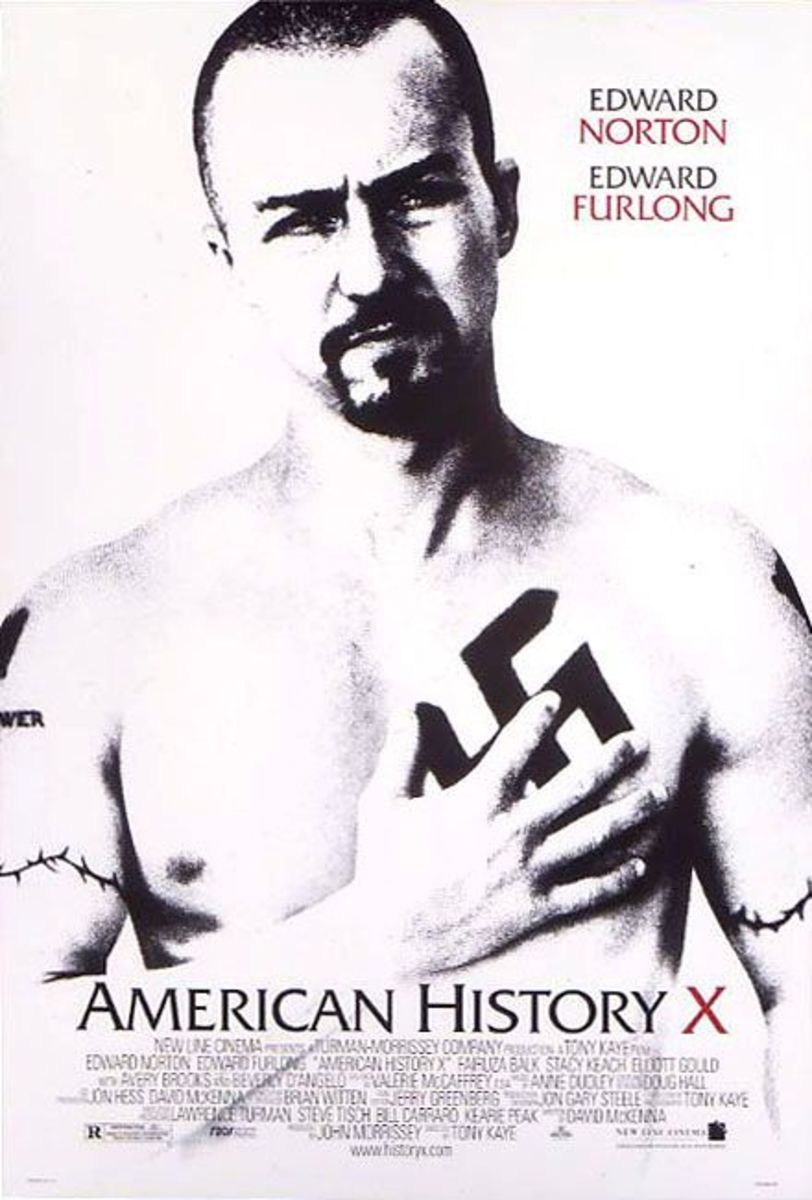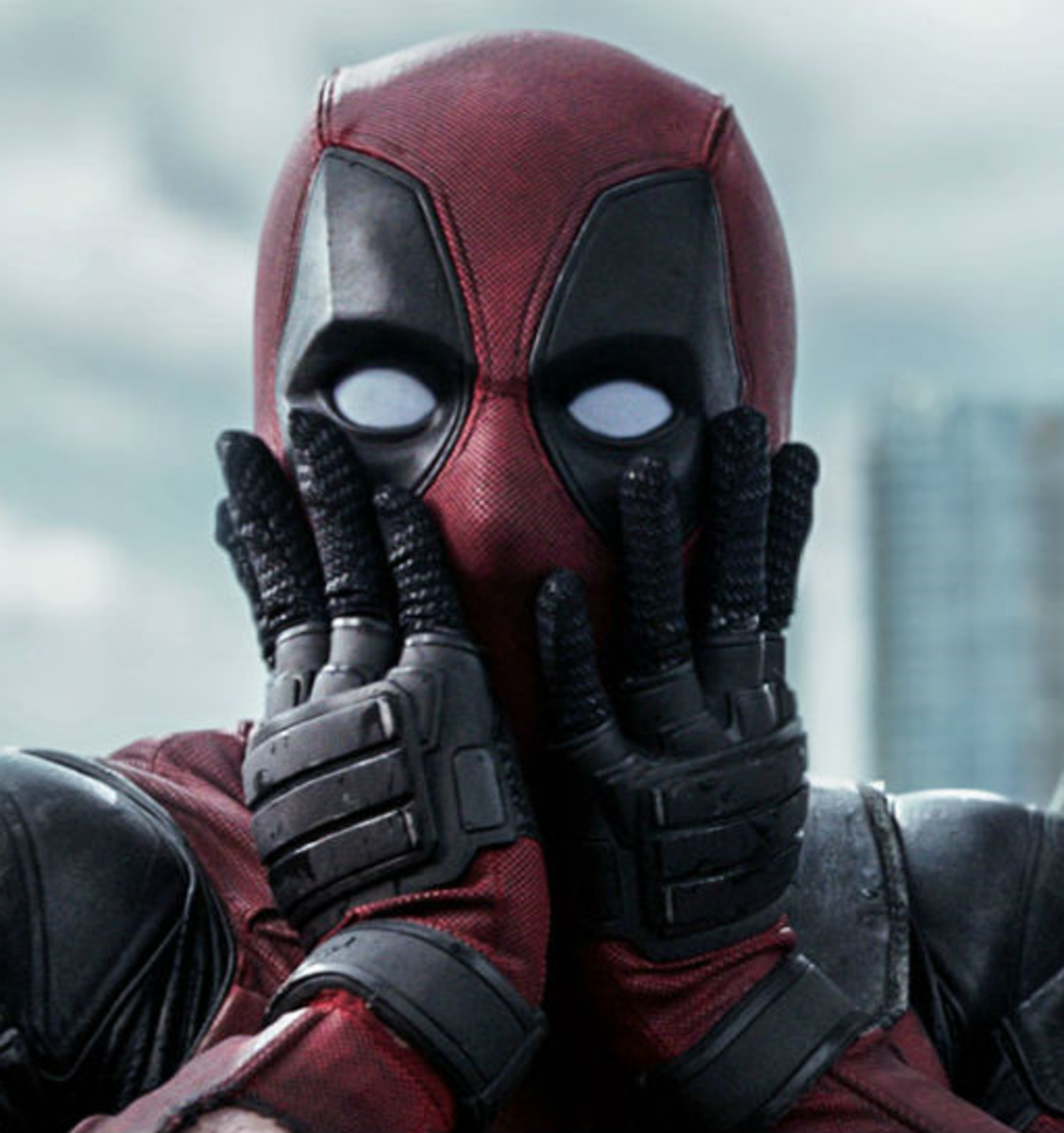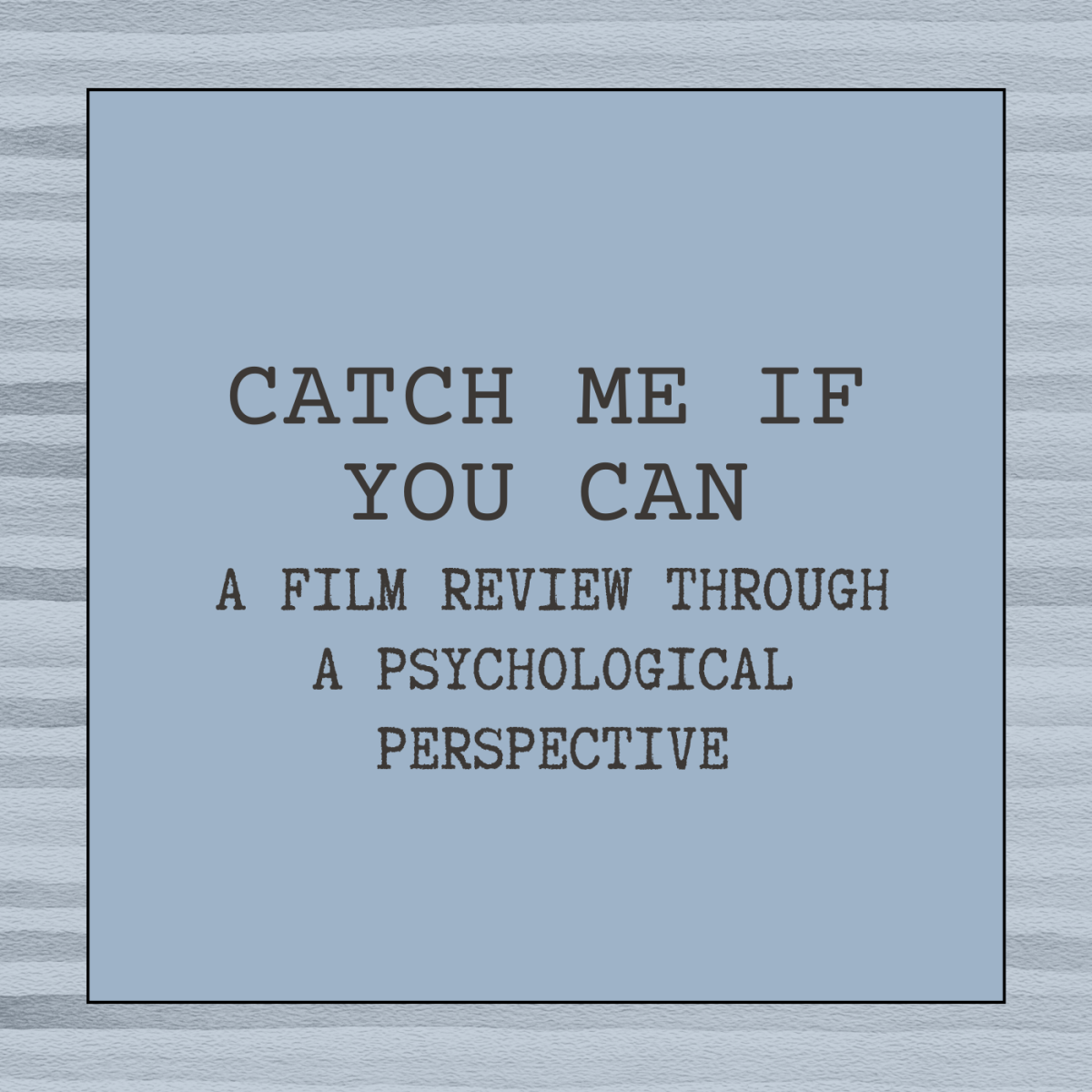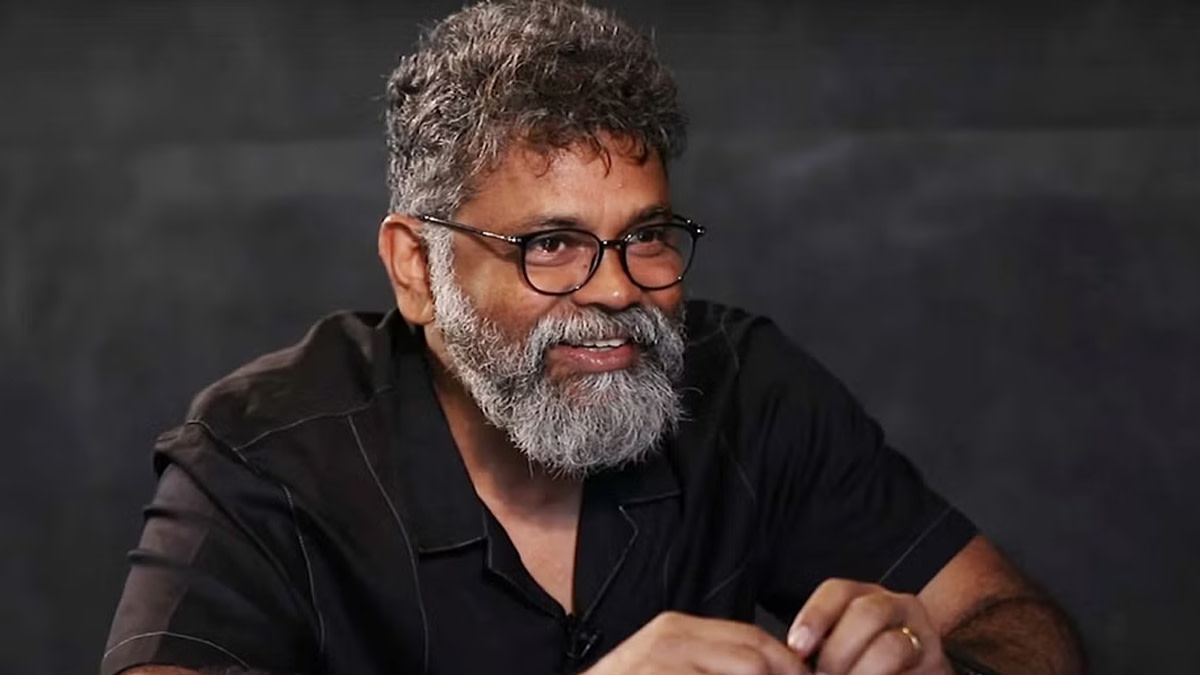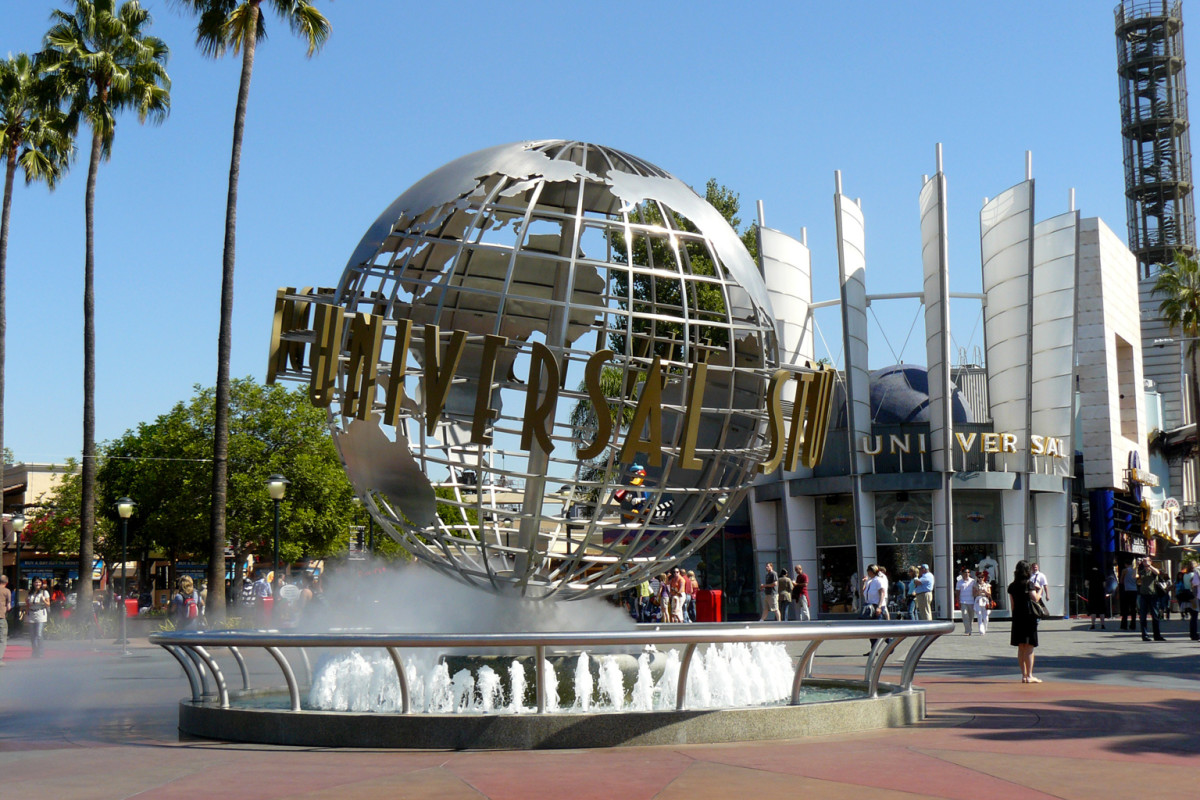Glass 2019 Review

You use a glass mirror to see your face; you use works of art to see your soul.
— George Bernard ShawThis quote on art's ability to reflect upon society and enable it to introspect itself by one of the most renowned critics - George Bernard Shaw, is what the concluding chapter of M. Night Shyamalan's realist superhero or rather comic books inspired trilogy(a fact that was kept a secret from the world for 16 years, until 2016's psychological horror thriller, Split) does at its core. In doing so, it also delivers a heart touching message on the importance of self-awareness, identity crisis and how not to let the popular world view overshadow your beliefs & confidence.
To understand the complete metamorphosis of this series, one needs to revisit the prologue quote from the first station(movie) of Eastrail #177 - Unbreakable (2000).
In many ways, the themes, ideas, and questions that this film delves into, remind of Tarkovsky's Solaris(1972).

These lines were an indication to America's (and in general the world's) obsession with comic books and superheroes. It simply could be interpreted in two ways - This obsession is dangerous (as it was about the want for something unreal) or in the sense that while we are all so busy chasing the superficial & miraculous, we undermine the gifted-talented individuals that live amongst us.
This film makes it clear that the Eastrail franchise was always more about the second aspect, all along. It ponders over the definition of - 'Superhuman' and whether there's a degree of miracle required to qualify as eligible - Isn't a Magician superpowered through his illusion creating abilities and precision of craft?
A conflict, A debate between Fantasy & Fact, Passion & Obsession, Fact & Fiction, Societal Norms & Personal beliefs and also - an 'Unbreakable' overseer, the always 'Split'-ting Horde & an always shattering but sharp-edged, Mr. Glass.
This film doesn't spend time on prologues and developing its protagonist & antagonists. That was done by the previous two installments. The exposition, in any case, carries out through the entire runtime as is customary to all Shyamalan movies.
We, right away get re-introduced to an aging David & his now grown up son, Joseph. The Duo now run a security agency by the day and keep the night streets secure with the help of David's now seasoned, Green-hood donning alter ego that the social media obsessed world termed as - 'Overseer'. In the very first shot, we see how technology and social media are misused for crimes. As such, Joseph the contemporary youth becomes his old school father's eyes.


The film proceeds just a few months after the events of Split(2016). The Horde, now taken charge of Kevin Wendell Crumb, once again abducts and keeps hostage a group of young schoolgirls. James McAvoy gives an unblemished performance yet another time, portraying many of the 21 characters of his Dissociative Identity Disorder - Hedwig(with his gift of always being a 9 yr. old) being the show stealer, as usual. A particular scene where .he kicks a closed shutter and then runs away scared from its noise shows McAvoy's untamed acting prowess.

Kevin & David's worlds start colliding - Kevin's ultimate form, The Beast only forgives the ones who've been broken by life and the world and David guards all while being simply Unbreakable!
The conflict of energies is portrayed less through visual medium and more through metaphors and background score. The film in its earlier half is more streamlined to a single tone - less of 'Unbreakable', more of 'Split'. Shyamalan champions his way as a master of horror and thrill. As such, the film keeps crossing the boundaries between genres - Superhero, Thriller, Psychological and becomes a Pseudo-genre movie (a term that I learned after previous year's Tumbbaad).
The madness of their conflict, eventually, makes them end up at a mental correction facility.
When the stories of 'unbreakable' & 'Split' blend, the real story, the conclusion - 'Glass' begins. All of it comes together in a mental asylum.

This act of the film deals with the idea and power of perception - how minor, random and unrelated factors lead to the SumTotal of a miracle - a Chain Reaction for grandeur (or delusion of it, as Sarah Paulson's, Dr. Staples quotes it). The madness of the asylum starts reflecting(unintentionally) as a confusing hotchpotch even through the convoluted state of the screenplay. The midsection of the film is where significant flaws start popping up.
The Bad...
The 'Stains & Scratches' on the Glass:
- The film tries to compensate for the Eastrail 177 franchise' long span of 19 years and in doing so introduces all the various characters from these 3 movies in the middle of the film's runtime. We see all these characters return back to screen but meanwhile, nothing much actually happens in terms of the plot.
- The film is visibly limited in terms of its ambition due to the budgets. The complete twist in the climax is an example of clever writing to cover up the same.
- It seems as if Shyamalan got too indulged with creating the metaphysical layer of the film and as such at a significant number of places the narrative(the film's first level of defense) falls short.
- Too much of dialogue and conversations are spent in explaining simple situations that get intricated by the use of beautiful but complex references and metaphors.
- By the time the final reveal is disclosed, it gets a bit too late in the context of the trilogy's runtime and as such remains a very interesting part of the story that disappointingly, remains lesser explored.
What's even more peculiar & interesting about this film is the fact that there are multiple factors about it, that are both good & bad - The Superman references (too many but loved by comic buffs) or the way Hedwig keeps on repeating - 'As it happens in the comic books' and even the term 'Delusion of Grandeur'.
The Workable
The finer Edges of the Glass Pane :
- The use of glass surfaces as metaphors all over the movie. Its too much but is still effective.


- The use of comic books & their references - Again maybe a bit more than necessary but don't most of us love them.


- The parts of West Dylan Thordson's score that are designed for Kevin's personalities and horror resemble the screeching sound from Western films and to me seemed to have a striking resemblance with Gabbar Singh's (Sholay-1975) theme (during the 'Kitney aadmi thhe' sequence).
- There is a connection between Casey and Kevin - They've both been broken and molested by their elders. He needs someone who could heal him. They share a beautiful bond. However, the way the trilogy's narrative is designed also makes it a case of Stockholm Syndrome.
- The tragedy in the climax really reaches out to the heart but for a short while also becomes quite underwhelming.

It's important to realize that all the typical comic book movie templates and antics that this movie uses may seem as derived from MCU & Nolan's Batman trilogy. The fact, however, is that M. Night Shyamalan created Unbreakable way before(in 2000) Nolan's series and before rest of Hollywood had the faintest idea of making decent Superhero flicks.
The Good!
The 'Magnifying Glass' metaphors:
- M. Night Shyamalan may not be the legendary Stan Lee but his cameos in all the 3 movies of this trilogy give his character a full-fledged complete and interesting story-arc: He was a fishy, suspicious seeming guy that David checks during security at a stadium. In the second film, we see him as Security personnel himself. The final film reveals that after his encounter with David he mended ways, became a security guy himself and now buys his security supply from Dunn's security store!

- The use of trains, stations and Eastrail 177 to develop a connecting link between all the characters.


- Its one of those films where all the actors give such brilliant performances that praising the acting department becomes too commonplace - Anya T. Joy, Sarah Paulson, Samuel Jackson & James McAvoy help transcend the film.
- The way this film uses lighting, shades, and colors to convey themes and ideas is appreciable.
The film's Bashing of the Anti-Comic Nazis is uplifting, both - for the audience and the movie itself.


You think Infinity War was heartbreaking. This franchise took 19 years in making and at the end shatters your hearts like thin 'glass' with a much lesser budget and that too as effectively!
- Most of this entire franchise is based indoors unlike other superhero movies that employ large scale CGI and set pieces. The film uses its limited resources to its advantage with full effect.
- The way it depicts the worlds of three main characters blending into one through secondary characters and plots (also metaphorically) and creates an Origin story post a tragedy.


The Takeaway!
The tragedies and plot twists make it all the more difficult to part with but it signifies that this story was never about these characters but what their respective tales symbolize.
The message here is that - If you're different and have an unusual ability. The system will try to delude/bully you into thinking that you're a mistake, a defect, an anomaly. In those moments, have faith and believe in your identity. Your differences are what make you unique & special (your gender, race, color, religion is what empowers you).. never kneel down and perhaps, soon you'll have your own 'Origin Story'!
If ever in this path you feel weak and start forgetting the truth - Take a look in the 'Glass' of the mirror nearest to you or better(and a bit dangerous) still, try your luck and take a train through Philadelphia Eastrail #177...something that even the film's conclusion agrees with.

#5StarNahiDoonga -> "Because Stars aren't Unbreakable, they're catastrophic when 'Split' and their reflections don't shine as bright through 'Glass' surfaces! "
- Sarthak Awasthi
"Through the 2 lenses of my spectacles"
*logos/imagery shown are trademarks & properties of their respective owners. ------------------------------***---------------------------------------------------------



